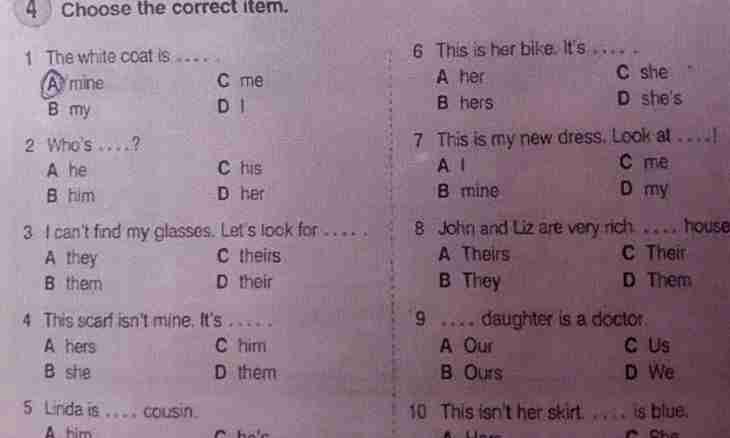Existence of two equal parties in a triangle allows to call it isosceles, and these parties - side. If they are set by coordinates in a two- or three-dimensional orthogonal system, calculation of length of the third party - the basis - will come down to finding of length of a piece on its coordinates. Knowledge is only not enough sizes of sides for calculation of length of the basis, any additional data on a triangle are necessary.
Instruction
1. In the presence in basic data of the coordinates defining sides you have no need to calculate their lengths or corners of a figure. Consider a piece between two incoincident points - they determine coordinates of the basis of an isosceles triangle. For calculation of its sizes find a difference between coordinates along each of axes, square it, put two (for two-dimensional space) or three (for three-dimensional) received values and take a square root from result. For example, if the party of AB is set by coordinates of points of A (3;5) and B(10;12), and the party of BC coordinates of points of B (10;12) and With (17;5), it is necessary to consider a piece between points of A and C. Its length will be AC = √ ((3-17)²+ (5-5)²) = √ ((-14)² + 0²) = √196 = 14.
2. If the triangle is known that it not only has two identical parties of the set length (a), but also is rectangular, it means that the third parameter - corner size between sides is known to you. The corner in 90 ° cannot but lie between sides as in a rectangular triangle corners always adjoin to the basis (hypotenuse) only sharp (smaller 90 °). For calculation of length of the third party (b) in this case just increase side length - a leg - by a root from the two: b = a * √ 2. This formula follows from Pythagorean theorem: the hypotenuse square (in case of an isosceles triangle - the basis) is equal to the sum of squares of legs (sides).
3. If the corner (β) between sides differs from direct and its size is given in conditions together with lengths of these parties (a), use for finding of length of the basis (b), for example, the theorem of cosines. In relation to an isosceles triangle the equality following from it can be transformed thus: b² = a² + a² - 2*a*a*cos(β) = 2*a² - 2*a²*cos(β) = 2*a² * (1-cos(β)) = 2*a²*sin(β). Then the final formula of calculations can be written down so: b = a * √ (2*sin(β)).

